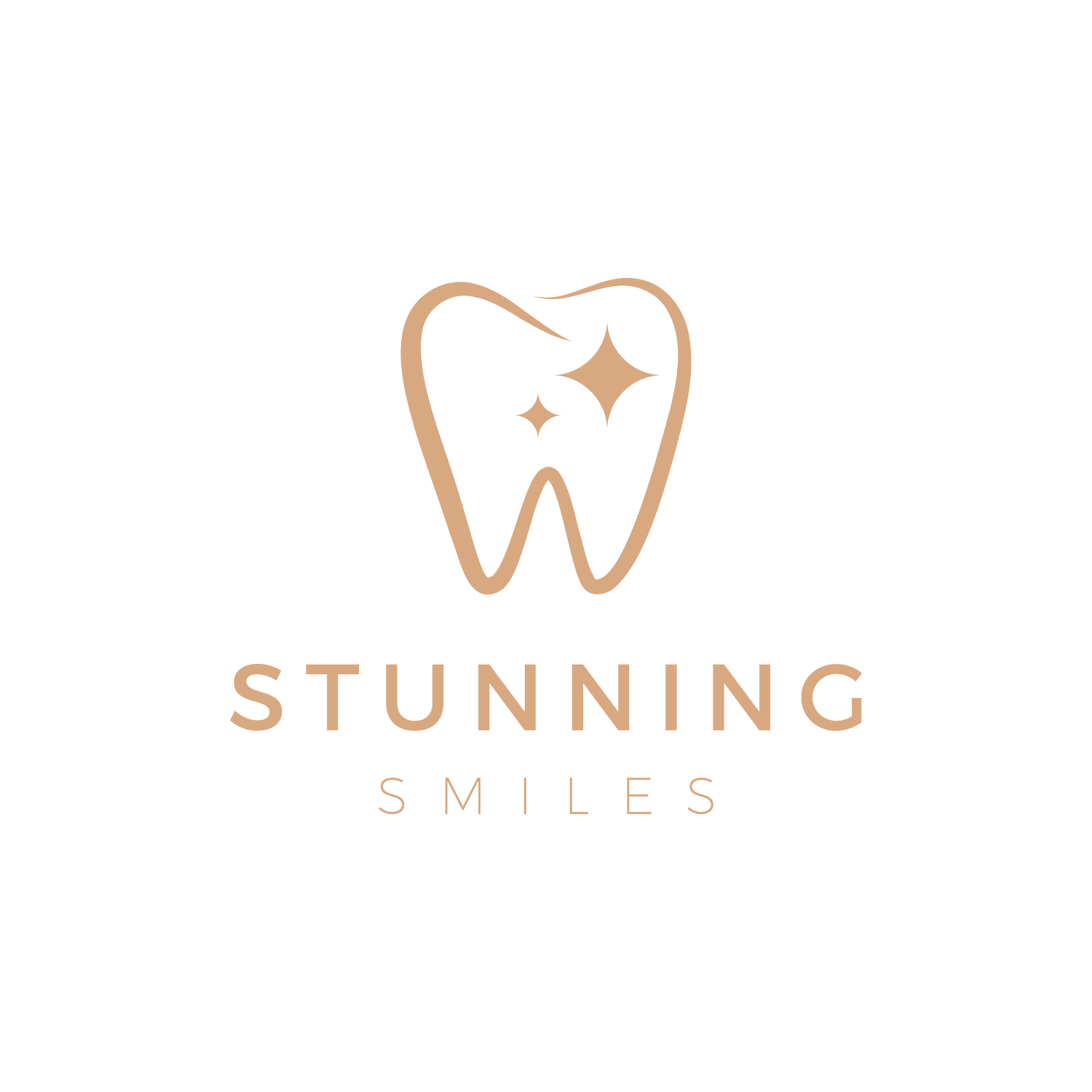Comparing Teeth Whitening Methods: PAP+ vs. Hydrogen Peroxide
A bright, radiant smile can significantly boost your confidence and leave a lasting impression on others. With a plethora of teeth whitening methods available, it can be challenging to determine which one is most effective and safe. Two popular techniques gaining attention are PAP+ (Phthalimido-peroxy-hexanoic acid) and hydrogen peroxide teeth whitening. In this blog post, we will delve into the effectiveness of these methods, comparing their benefits, potential side effects, and overall results to help you make an informed decision.
Understanding PAP+ Teeth Whitening
PAP+, a newer entrant in the teeth whitening market, is an innovative and advanced formula for teeth whitening. This method works by targeting chromophores (stains) responsible for tooth discoloration. PAP+ molecules effectively break down these chromophores, resulting in brighter, whiter teeth. One significant advantage of PAP+ is that it doesn't require the use of an LED light or laser to activate the whitening agent, making the process more comfortable and faster.
Pros of PAP+ Teeth Whitening:
Less Sensitivity: PAP+ is known for causing minimal sensitivity compared to traditional hydrogen peroxide-based treatments, making it suitable for individuals with sensitive teeth.
Speed: PAP+ offers quicker results in some cases, with visible improvements after just one session.
No UV Light: As mentioned earlier, PAP+ does not need an LED light, reducing the risk of gum irritation or discomfort during the procedure.
Understanding Hydrogen Peroxide Teeth Whitening
Hydrogen peroxide has been used in dentistry for decades and is a tried and tested method for teeth whitening. It works by releasing oxygen molecules that penetrate the enamel and break down the stains, resulting in whiter teeth. Hydrogen peroxide is available in various concentrations, with higher concentrations providing more rapid results but also posing a higher risk of sensitivity.
Pros of Hydrogen Peroxide Teeth Whitening:
Established Method: Hydrogen peroxide has been widely used and studied, providing consistent teeth whitening results.
Customizable Concentrations: Dentists can adjust the concentration of hydrogen peroxide based on the individual's needs and level of sensitivity.
Effective Against Stubborn Stains: Hydrogen peroxide is particularly effective in treating deep and stubborn teeth stains.
Comparing the Effectiveness
Both PAP+ and hydrogen peroxide are effective teeth whitening methods, but their success may vary depending on individual factors. PAP+ has gained popularity due to its reduced sensitivity and quicker results in some cases. However, hydrogen peroxide remains a reliable choice for tackling tough stains and providing customizable treatment options.
Potential Side Effects
While PAP+ is generally known for causing less sensitivity, some users may still experience mild discomfort. Hydrogen peroxide, especially in higher concentrations, can lead to increased sensitivity, gum irritation, and, in rare cases, tooth sensitivity. It is crucial to follow your dentist's recommendations and use the appropriate concentration to minimize side effects.
Conclusion
In conclusion, both PAP+ and hydrogen peroxide teeth whitening methods offer effective ways to achieve a brighter smile. PAP+ boasts reduced sensitivity and faster results, while hydrogen peroxide remains a reliable and established choice for treating stubborn stains. The best option for you depends on your individual needs, sensitivity levels, and the advice of your dentist/ OHT.
Before choosing a teeth whitening method, consult your dental professional to determine which option is most suitable for you. Remember that maintaining good oral hygiene practices and avoiding staining agents like tobacco, coffee, and red wine will help prolong the results of any teeth whitening treatment you choose. With proper care and guidance, you can achieve the radiant smile you desire.

